When you find out that Swaziland is the smallest country in Africa you probably wonder what on earth you could find to do there for 10 days. Earlier this year we decided to take a much needed road trip to this tiny country and find out what all the fuss was about. Our main aim was to seek out a few game reserves and national parks and spend our days experiencing some good old fashioned bush time.

Highveld views, Malolotja Nature Reserve.
Also read: What to do in Swaziland
Swaziland has a fairly well established conservation focus and we discovered three pleasant, uncomplicated reserves, all within easy driving distance from one another, with plenty of antelope, birds and scenery to keep even the toughest customer happy.
1. Mlilwane Wildlife Sanctuary
Located in the lush Ezulwini Valley or “Valley of Heavens” between Mbabane and Manzini, Mlilwane is Swaziland’s pioneer conservation reserve. A reserve of about 4250 hectares, this sanctuary is mainly grassy plains with a large granite outcrop known as Nyonyane Mountain in the southern section near the main camp and accommodation. The park is well kept and is said to have been the start of conservation efforts in Swaziland which resulted in the saving of over 20 species from local extinction. A chilling reminder of the realities of poaching greets you as you drive into the main camp, in the form of a wall of snares and traps collected throughout the two main Swaziland reserves.
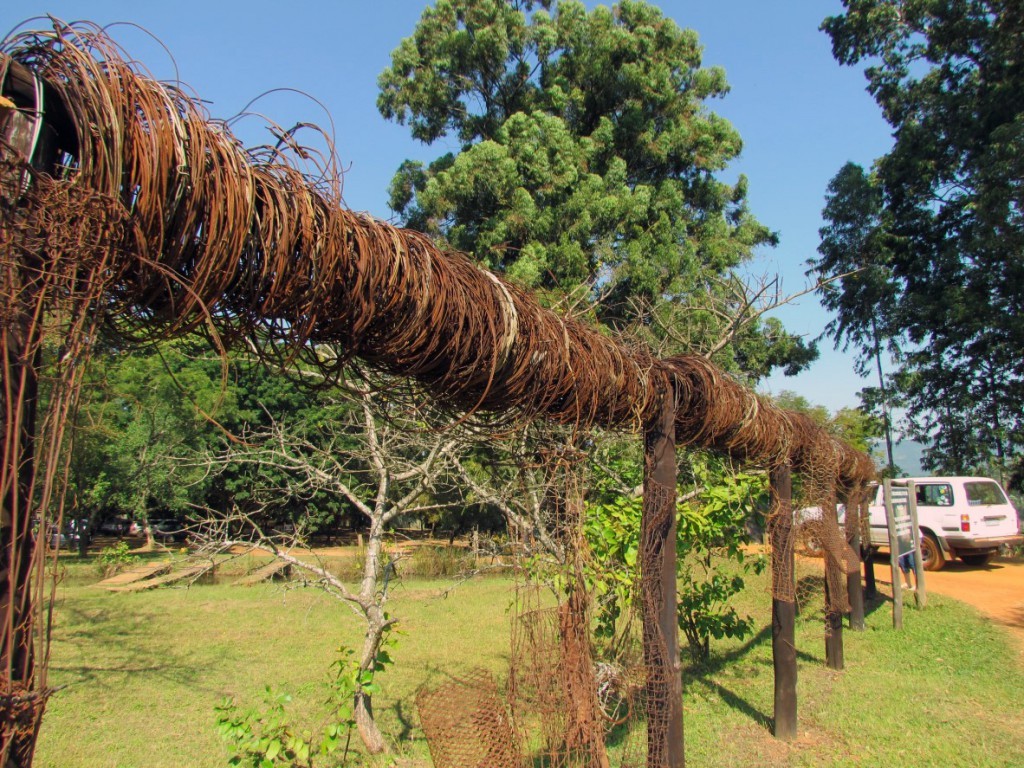
Snares and traps from two reserves collected between 1960 and 1970.
We spent one day in the park, which is more than enough if you’re exploring in a car. The game viewing itself is a little on the thin side; the walking trails would be a far better way to experience the reserve. The highlight of our visit was getting to see a herd of roan antelope which form part of a hugely successful reintroduction/breeding program.
Mlilwane accommodation is very reasonable and I would suggest trying out their beehive huts for a true Swazi experience.
Contact: Tel +26825283943, www.biggameparks.org/mlilwane

Roan antelope.
2. Hlane Royal National Park
Despite its rather imperious name the Hlane Royal National Park has a sense of humility about it that makes you feel as though you’ve stepped back in time. There are two camps in the 22000 hectare park: Ndlovu which is the main camp with a very small shop, restaurant, camping and self-catering options as well as a busy waterhole; and Bhubesi, which is further north in the reserve.

Hlane’s beautiful forests.
We spent three glorious nights in the park, all alone in the charming Bhubesi Camp. It consists of six stone self-catering cottages that overlook a small river. The camp took me back to the old Zimbabwe days at many a national park cottage with the same well-kept, untouched calm about it. We saw more impala than I’ve seen in my lifetime (and I’ve seen a lot of impala), plenty of nyala, giraffe, kudu and bush buck.
The reserve advertises elephant and lion but after driving around endlessly for two days without seeing so much as a pile of dung, we discovered that they were kept in a separate section of the park. This was only accessible by joining a scheduled game drive and sadly at R280 per person they were a little steep for our modest Swaziland holiday. Instead we bounced around the fairly deserted southern section of the park, decorating the sides of the Land Cruiser with a myriad thorny Swaziland streaks.
The best part was the time spent in the camp at Bhubesi, or walking the small trails around camp and ticking off plenty of great bird sightings. The braai areas and endless supply of firewood made for perfect star gazing, potjies and in-depth conversations about nothing.
Contact: Tel +26825283943, www.biggameparks.org/hlane
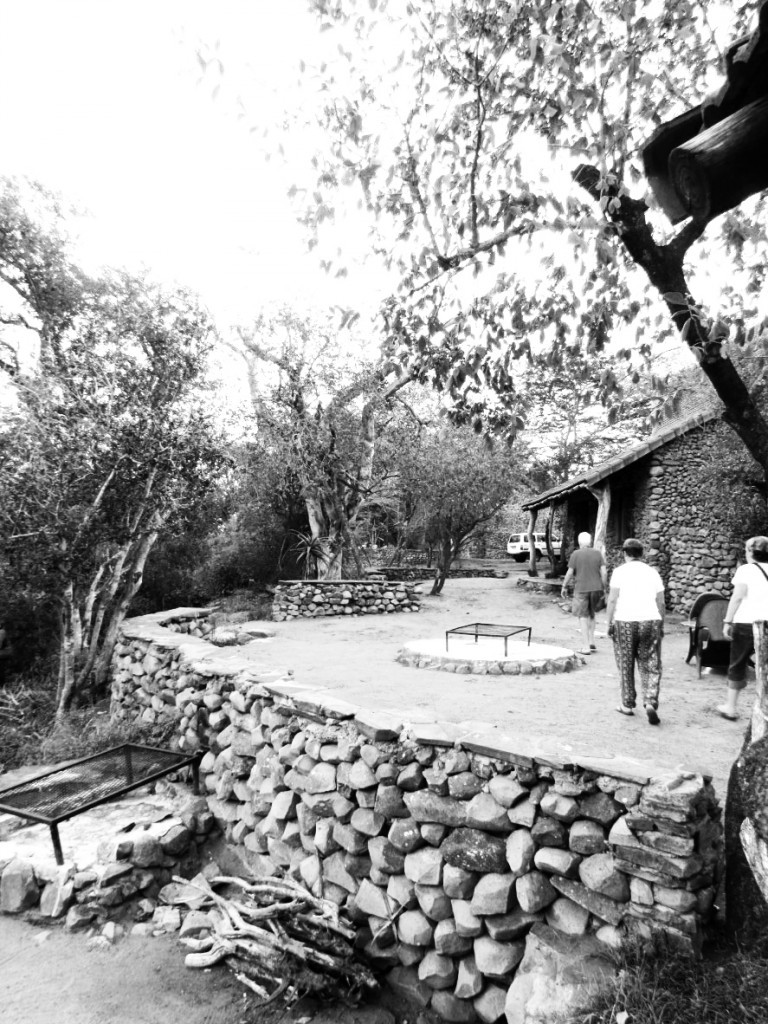
Stone cottages at Bhubesi, Hlane Royal National Park.
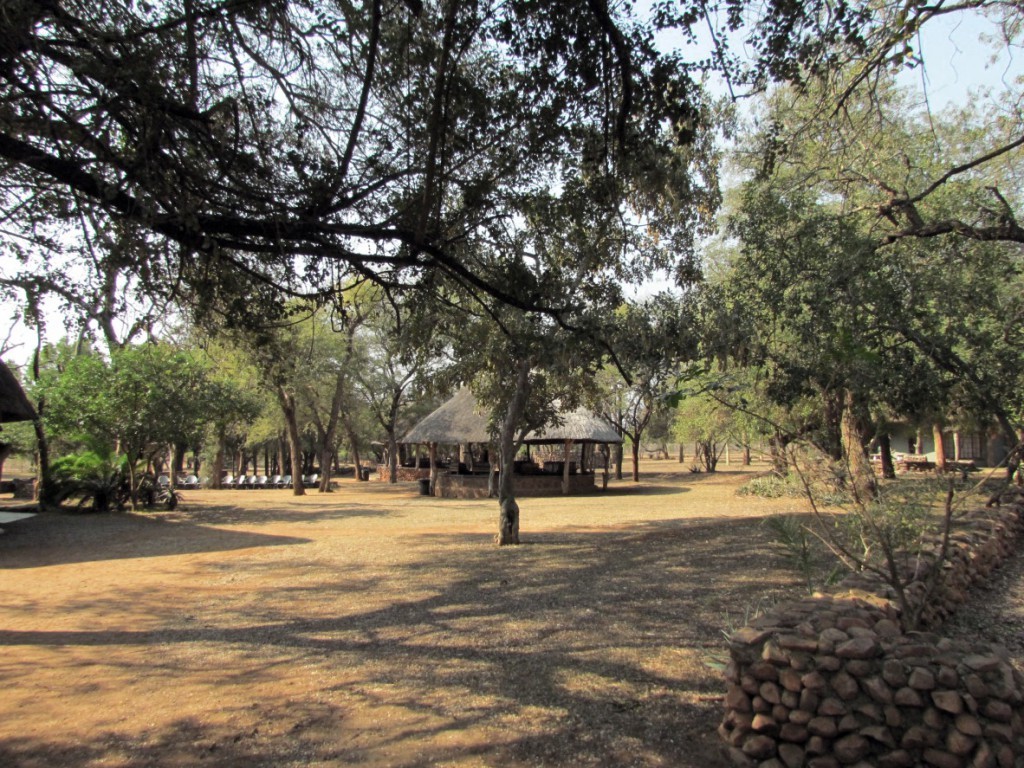
The self-catering accommodation at Ndlovu Camp, Hlane Royal National Park.
3. Malolotja Nature Reserve
As you climb out of the lush humid sugar cane valleys of eastern Swaziland and up onto the highveld, the views become increasingly spectacular as rows and rows of distant hazy mountains are painted across the horizon. Malolotja Nature Reserve, located in the north west corner of Swaziland is an 18000 hectare reserve of wetlands, woodland and sweeping grassy plains, dotted with granite boulders. We discovered a bird watcher’s paradise.
While there is a well-marked and extensive road network to explore the reserve, it is not in great condition (and we were in a Toyota Land Cruiser, so we weren’t being ninnies). It’s better to discover the reserve on foot on one of their many hiking trails: almost 200km worth of trails in total. These traverse the rolling grassy hills and run down into the valley to waterfalls and thick indigenous forest. It’s also the best way to tick off a few bird lifers. The reserve is home to many exciting species such as the rare breeding blue swallow and Stanley’s bustard.
Malolotja Nature Reserve has 10, comfortable but basic, self-catering units that overlook the distant mountains. We stayed in one of these but were far more impressed by the delightful campsite and would certainly return to stay longer, hike further and camp under that crisp, dry, starry sky.
Contact: Tel +26824443241, email [email protected]
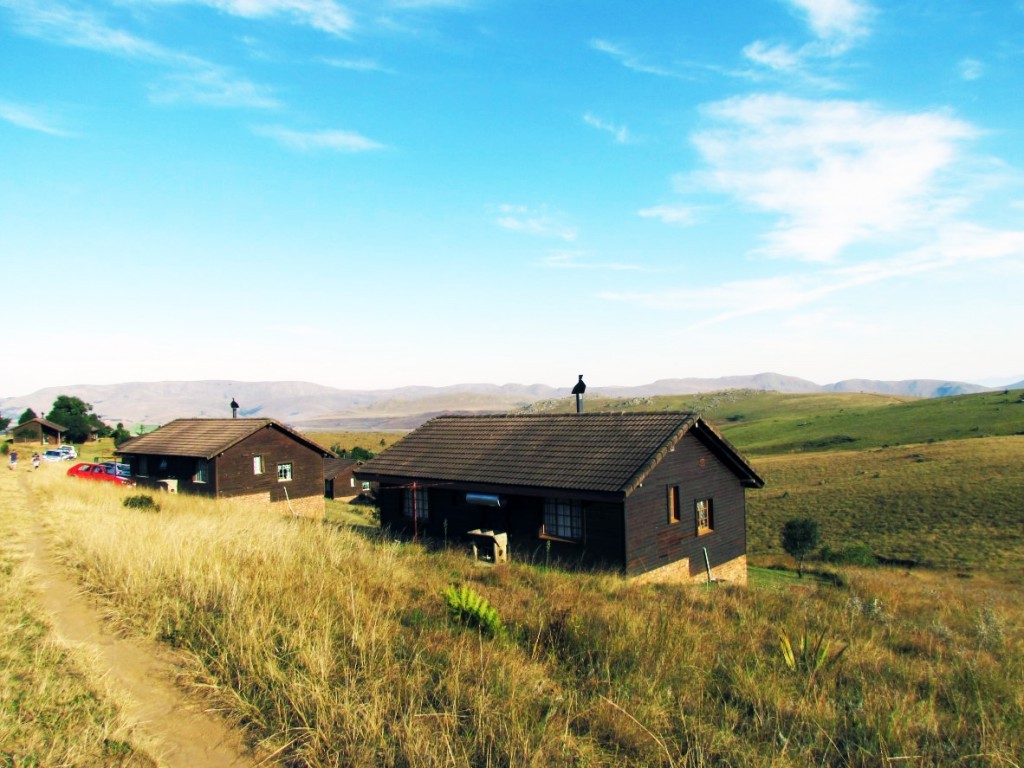
Self-catering cabins, Malolotja Nature Reserve.
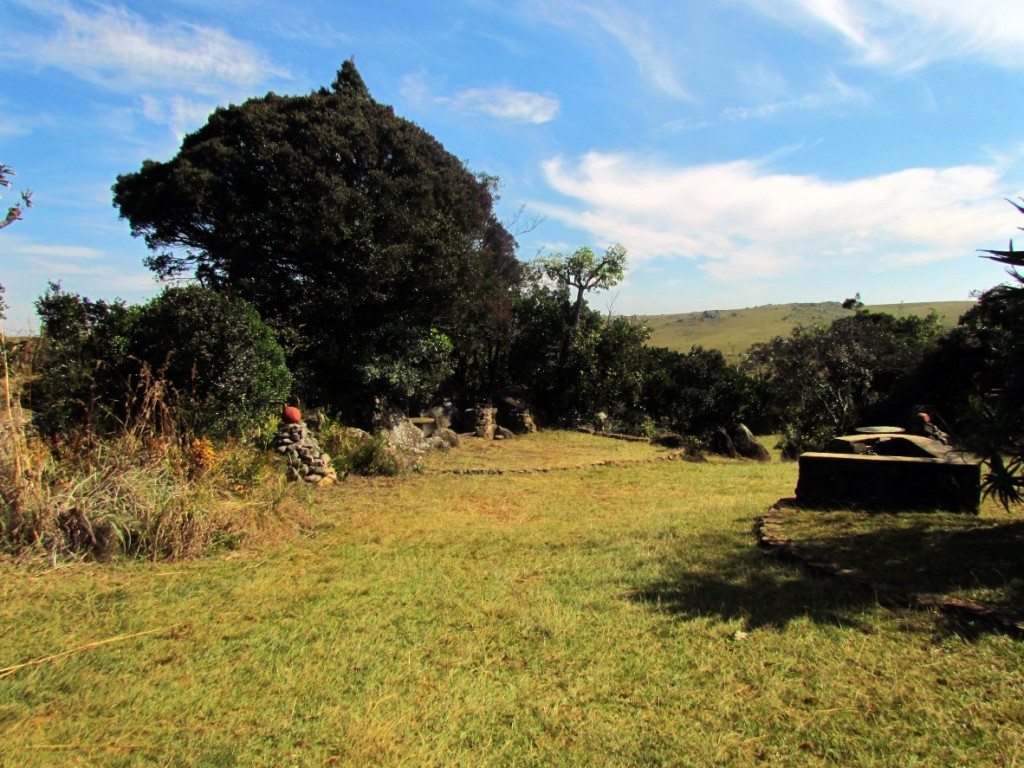
The inviting campsites at Malolotja Nature Reserve.
Each of these three game reserves in Swaziland has something unique to offer and it’s almost sad that they are not more well visited. One of the great things about Swaziland is the short distances between each location (regardless of which way you drive around). Don’t get me wrong, I love long road trips, but every once in a while it is so nice to arrive early and have more time to relax and explore, especially when it’s the bush.
Also read: Why you can’t miss Bushfire festival this year
All photos by Colleen Blaine.
You may also like
Related Posts
The Northern Cape landscape and its characters are full of life. Here are some of...
read more
If you're feeling a bit tired of the usual scene, take a tip from urban...
read more
The east coast is our very own tropical paradise with warm waters and laid-back vibes....
read more